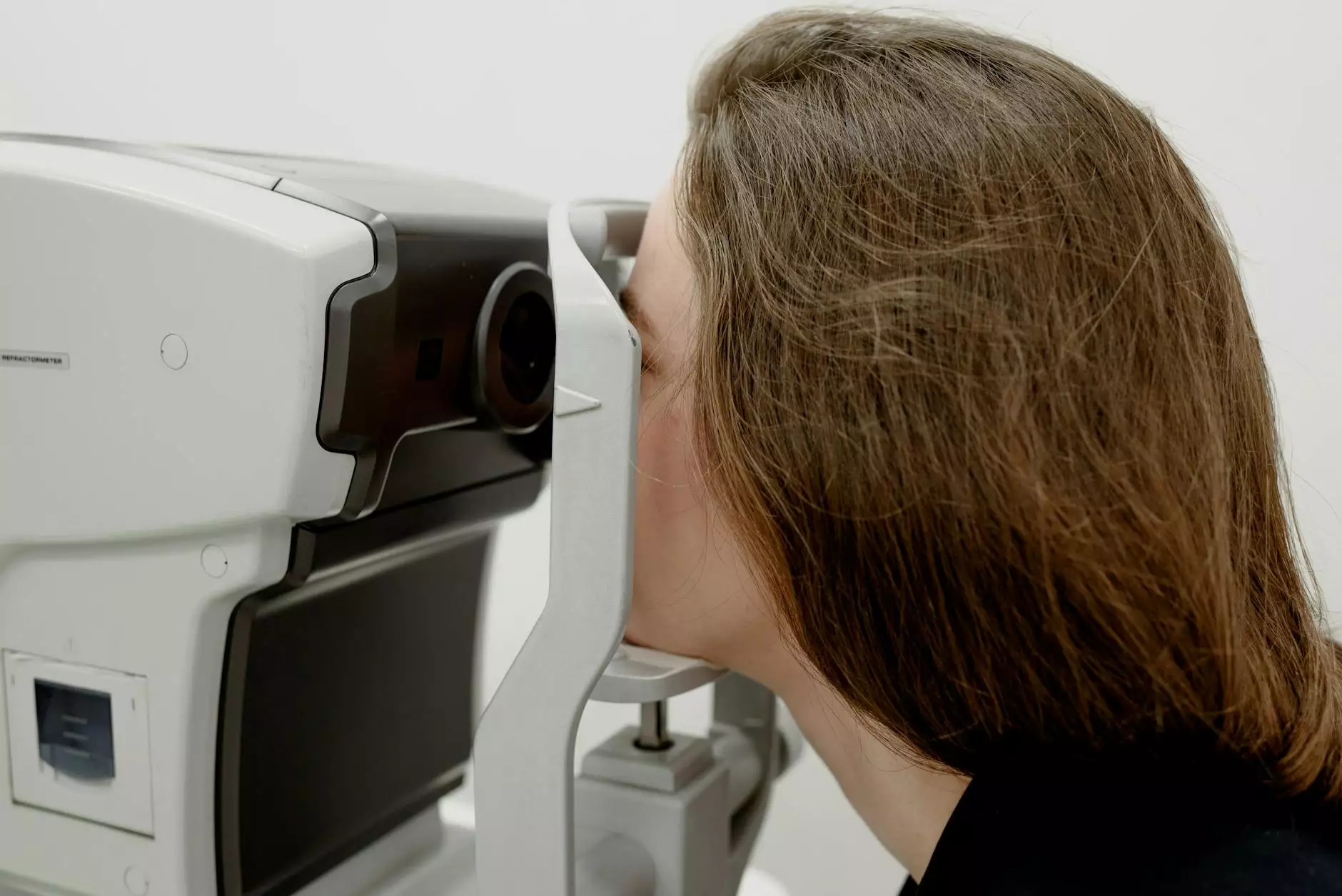A Quick Guide For Picking Hearing Aids
Health
Introduction
Welcome to Ageless Wisdom Magazine's comprehensive guide on picking the perfect hearing aids for your lifestyle needs. We understand how important it is to find the right hearing device that enhances your overall quality of life. In this guide, we will delve into the wide array of options available, the key features to consider, and provide useful tips to help you make an informed decision.
Understanding Hearing Loss
Hearing loss can occur for various reasons such as aging, exposure to loud noises, medical conditions, or genetic predisposition. It's crucial to have a thorough understanding of your specific hearing loss type and severity before selecting a hearing aid.
Consulting with a qualified audiologist or hearing specialist is essential in determining your hearing needs. They will conduct a comprehensive evaluation, including tests to measure the extent of your hearing loss, and provide professional advice on the suitable options for you.
Types of Hearing Aids
There are several types of hearing aids available in the market today. Each type serves unique purposes and caters to different hearing needs. Let's explore some popular options:
1. Behind-the-Ear (BTE) Hearing Aids
BTE hearing aids consist of a small plastic case that rests behind the ear, connected to an earpiece or earmold. This style is suitable for various levels of hearing loss, from mild to profound. BTE aids are known for their durability, power, and flexibility in accommodating different features.
2. In-the-Ear (ITE) Hearing Aids
ITE hearing aids are custom-made to fit securely inside the ear. They are generally more visible compared to BTE hearing aids but offer greater flexibility in terms of features and power. ITE aids are suitable for mild to severe hearing loss, depending on the specific model.
3. In-the-Canal (ITC) and Completely-in-Canal (CIC) Hearing Aids
ITC and CIC hearing aids are discreet and fit partially or entirely inside the ear canal. They are less noticeable but may have limitations in terms of power and additional features. ITC aids are suitable for mild to moderate hearing loss, while CIC aids are typically designed for mild to moderate hearing loss.
4. Receiver-in-Canal (RIC) and Receiver-in-the-Ear (RITE) Hearing Aids
RIC and RITE hearing aids are similar to BTE aids but with a slight difference. Instead of the plastic case, the receiver or speaker is placed directly in the ear canal. This design offers a more natural sound quality and enhances comfort. RIC/RITE aids are suitable for mild to severe hearing loss.
Key Features to Consider
When selecting hearing aids, it's important to consider various features that can enhance your overall listening experience. Here are some key features to evaluate:
1. Digital Noise Reduction
Digital noise reduction technology helps minimize background noise, making it easier to focus on conversations or important sounds. This feature enhances speech clarity and overall sound quality.
2. Directional Microphones
Hearing aids equipped with directional microphones prioritize sounds coming from certain directions, such as the front. This feature enhances speech understanding, especially in noisy environments, by reducing unwanted sounds from the sides and back.
3. Telecoil (T-Coil) Compatibility
Telecoil technology allows for better hearing during telephone conversations and when using loop systems found in theaters, churches, or public venues. It helps reduce background noise and provides a clearer sound signal.
4. Wireless Connectivity
Hearing aids with wireless connectivity enable direct streaming of audio from compatible devices such as smartphones, TVs, or music players. This feature enhances convenience and accessibility in enjoying different audio sources.
Tips for Choosing the Right Hearing Aids
Here are some helpful tips to guide you in selecting the most suitable hearing aids for your unique needs:
1. Consult with a Professional
Seeking guidance from an audiologist or hearing specialist ensures that you receive expert advice tailored to your specific hearing requirements. They can recommend the most suitable options, perform fittings, and provide ongoing support and adjustments.
2. Consider Lifestyle Needs
Think about your lifestyle and the listening environments you frequently encounter. Do you often participate in social events, enjoy outdoor activities, or engage in professional meetings? Understanding your lifestyle needs will help determine the appropriate features required for optimal hearing.
3. Budget Considerations
Set a budget range for your hearing aids, taking into account the level of technology and features you desire. Keep in mind that investing in higher-quality aids can result in improved sound quality and long-term satisfaction.
4. Test Before Purchasing
Many hearing aid providers offer trial periods, allowing you to test different models before making a final decision. Take advantage of this opportunity to assess the comfort, fit, and performance of the various options, making sure they meet your expectations.
5. Follow-Up Care and Maintenance
Ensure the hearing aid provider offers comprehensive follow-up care services, including regular maintenance, cleanings, adjustments, and programming updates. Proper care and maintenance contribute to the longevity and performance of your hearing aids.
Conclusion
Choosing the right hearing aids is a significant decision that can greatly impact your daily life. With the insights provided in this quick guide, you are well equipped to navigate the wide range of options available, consider the necessary features, and make a well-informed decision that suits your lifestyle and hearing needs.










